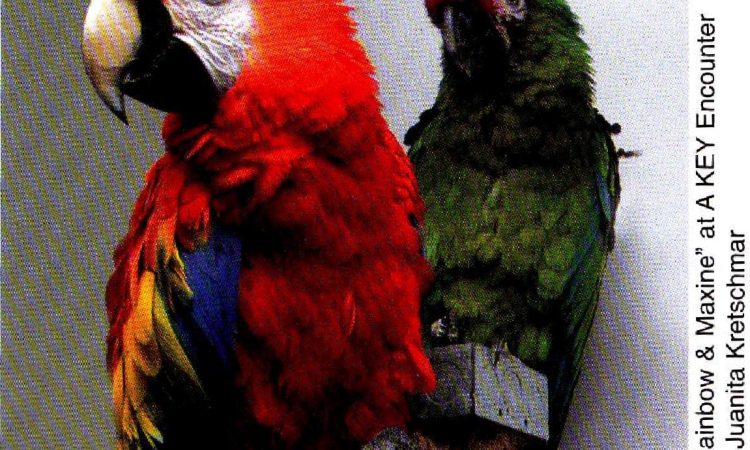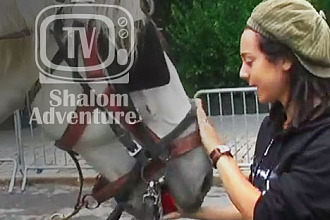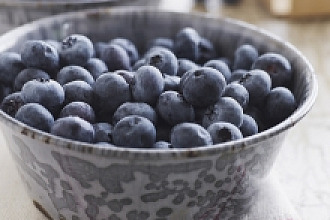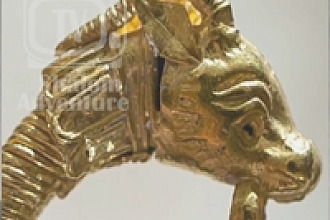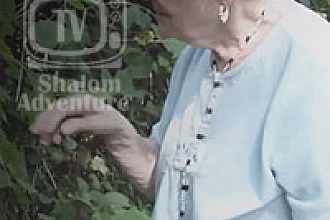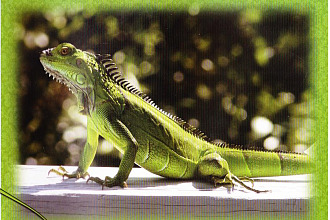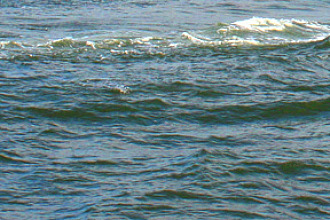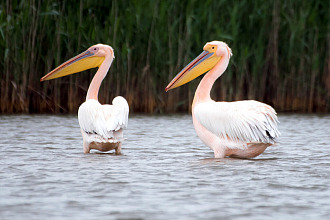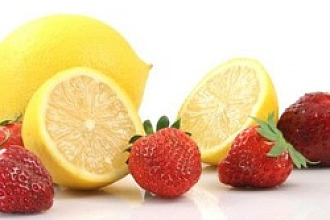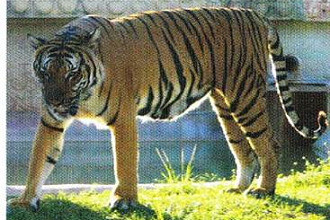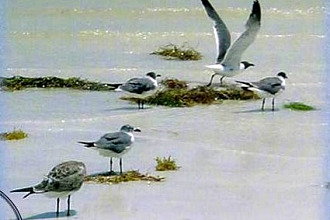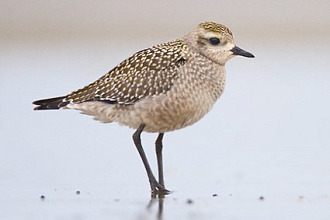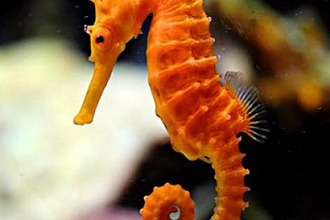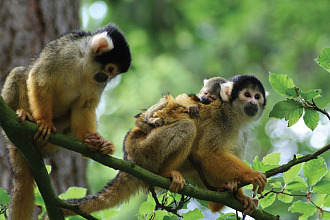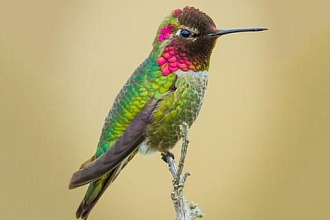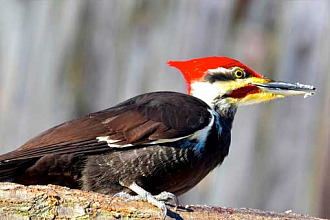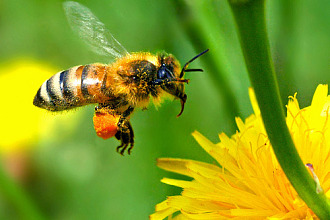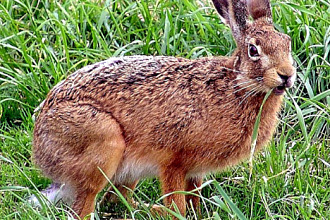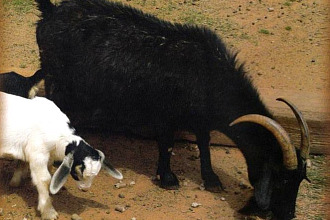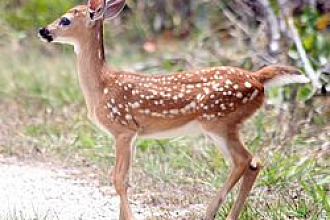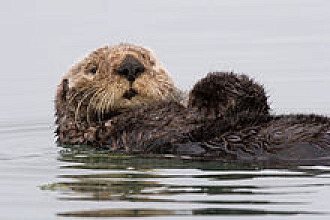"There was loud disagreement going on. Maxine and Rainbow were perched far apart screeching at one another. For the sake of sanity in the mall it was time to remove both to our "time-out" area. Gene got the long pole with a cross bar at the top, just the size for two large birds to perch upon and be carried wherever needed.
Rainbow quickly stepped onto the high perch. Maxine would have nothing to do with being near Rainbow, so at first refused, (But she, as one of the loudest of noise-makers, needed discipline.) Finally she stepped on. But as Gene carried them away, disagreement erupted again with yelling, beaks open, feathers flapping. Rainbow approached Maxine aggressively. She, in full fighting mode, forgetting the shortness of the pole/perch, stepped backward into the air! In desperation as she fell, Maxine grabbed Rainbow's long tail.
Now Rainbow lost his balance and hung upside down, holding on by one foot, while Maxine’s entire weight hung onto his tail. Interest in fighting was gone. The issue now was survival! Gene gently maneuvered the long pole toward the floor and the two huge birds fell off in a feathered heap. Gene and Maureen doubled up with laughter. The birds shook their feathers and walked off, acting as though being on the floor in such a lowly position for a proud bird had been planned! The pole-perch was again offered. Immediately both birds stepped on, while Maureen retrieved a 14-inch feather lost by Maxine in the melee." Excerpt from January 2006 AKE newsletter
Our macaws, which often attract visitors up the stairs at A KEY Encounter with their raucous noise, are awesome for their beauty. These are large birds (Sir Jack's wingspan is about 3 feet across,) and they can unwittingly hurt with the power of their bite. Their beak is created with chitim, one of nature's hardest materials, and it grows continually. They need that beak to handle their diet of fruit and nuts. Their solid upper mandible is more mobile than in most other birds, and the lower mandible has a cup-like shape with a very sharp edge which, with the tongue, provides a powerful yet delicate tool for grasping and cracking everything from a tiny canary seed to the hard Brazil nut. In the wild it's not by accident they also consume clay. The Creator, who gave them a taste for clay, programmed them to be able to eat all seeds. Now scientists have found that the clay they consume counteracts the effects of poisonous seeds which sometimes make up part of their diet in the wild. It's a God-given not by accident protection mechanism!
The striking beauty of these birds is accentuated by their long tails—Rainbow's tail is nearly 2 feet long. But its length, too, is not by accident. God is the Author of aerodynamics! Macaws often need to make "spot landings" on branches. When the big bird comes in to land, the tail is fanned out and lowered so that "lift" is generated at low to zero flying speed, so they can virtually hover in flight! Another unique Designer contribution to the macaw is the cooling device at the bare facial patches around the eyes. God created this deliberately so that the blood supply to that area can be turned off and on when heavy exercise like flying or preparing for flight is taking place. Thus the blood and brain are prevented from overheating—definitely another not-by-accident mechanism.
Their Designer thought of everything macaws need to live successfully.
Would our Creator have done less when He created us?
"NOT BY ACCIDENT" (c) Juanita Kretschmar is used by permission and was first published in the book "Not By Accident" pages 2-3

